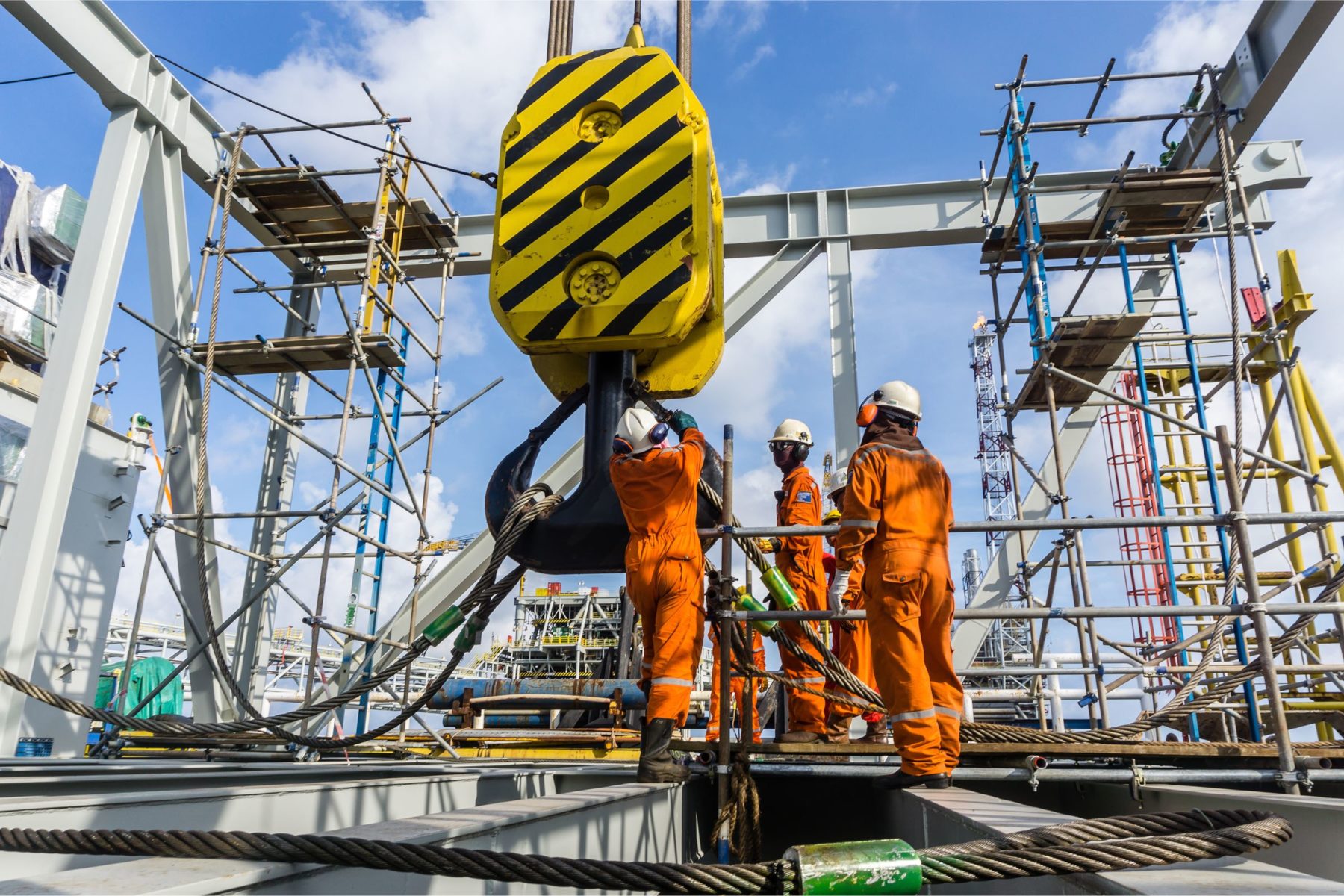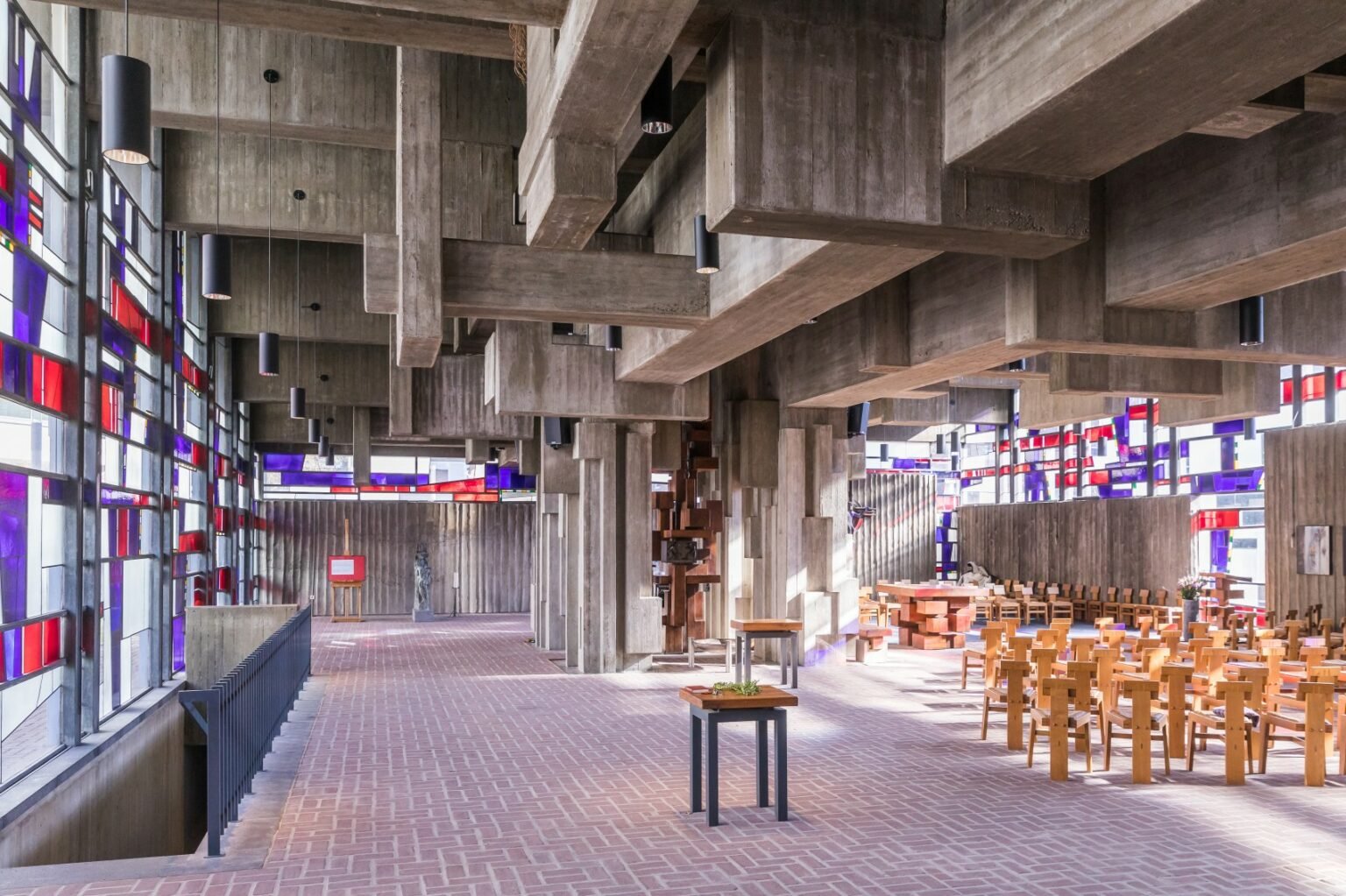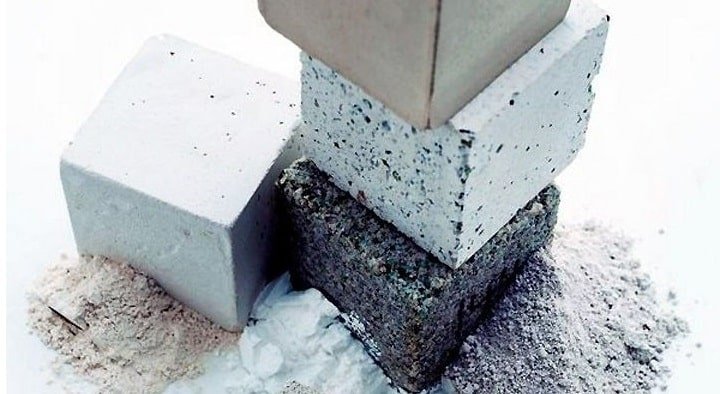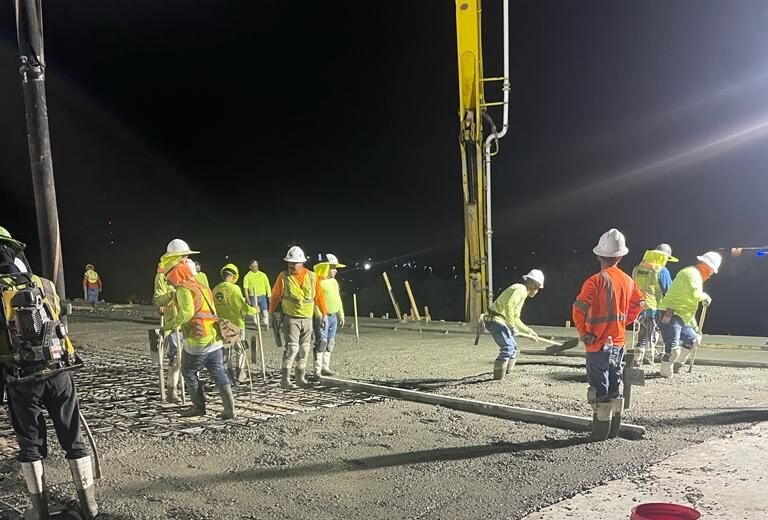
Essential Concrete Safety Tips: Protecting Workers on the Job Site Working with concrete is a fundamental aspect of the construction...

Concrete is one of the most widely used construction materials, yet misconceptions about it persist. These myths can lead to costly mistakes and affect the quality of your projects. In this blog, we’ll debunk the top 10 concrete myths and provide the facts every contractor should know.
This is a common misunderstanding. Cement is an ingredient in concrete, but it’s not the same thing. Concrete is a mixture of cement, aggregates (like sand and gravel), and water. Cement acts as the binder that holds everything together once it hardens.
Fact: Knowing the difference helps in selecting the right materials and understanding the properties of the final product.
Many believe that adding more water to the mix makes it easier to pour and finish. While this is true, excess water can weaken the concrete, leading to reduced strength and durability.
Fact: Use the right water-to-cement ratio for the required strength. Too much water can cause cracks and reduce the concrete’s lifespan.
Some think that once concrete is poured, it’s maintenance-free. However, concrete is subject to wear and tear, especially in high-traffic areas or harsh weather conditions.
Fact: Regular maintenance, such as sealing and repairing cracks, is essential to prolong the life of concrete surfaces.
It’s a common belief that hot weather helps concrete set faster. While heat does accelerate the setting time, it can also cause problems like cracking and reduced strength if not managed properly.
Fact: In hot weather, use cool water, work early in the day, and apply curing blankets to control the temperature of the concrete.
Many assume that increasing the amount of cement in the mix will make the concrete stronger. However, too much cement can lead to issues such as cracking and shrinkage.
Fact: Follow the correct mix design. The right balance of cement, water, and aggregates will provide the best strength and durability.
Timing is crucial in concrete work. Pouring concrete in extreme weather conditions—either too hot or too cold—can compromise its quality.
Fact: Plan your pours during optimal weather conditions, and take precautions like using additives or insulating blankets during extreme temperatures.
Many believe that once concrete sets, it becomes entirely impermeable. While concrete is durable, it’s not waterproof. Water can penetrate through its pores, leading to issues like erosion and weakening.
Fact: Use a waterproof sealant to protect concrete surfaces, especially in areas exposed to water and moisture.
Cracks in concrete can be alarming, but not all cracks indicate structural issues. Some cracks, known as shrinkage cracks, are natural and don’t compromise the concrete’s integrity.
Fact: Understanding the type of crack is important. Shrinkage cracks are usually minor, while structural cracks need immediate attention and repair.
Many contractors believe that once concrete is damaged, the only solution is replacement. However, there are effective repair methods that can restore the surface.
Fact: Techniques like resurfacing, crack injection, and patching can extend the life of existing concrete, saving time and money.
Curing is often overlooked but is one of the most critical steps in concrete construction. Some believe that concrete will harden on its own without any additional steps.
Fact: Proper curing retains moisture and temperature, preventing cracks and ensuring the concrete reaches its full strength. Use curing blankets, water sprays, or chemical curing agents for best results.
Conclusion
Understanding these common myths can help you make informed decisions in your concrete projects. By knowing the facts, you’ll avoid common pitfalls and ensure your work is high-quality and long-lasting. Educate your team and clients about these misconceptions to set the foundation for successful projects.

Essential Concrete Safety Tips: Protecting Workers on the Job Site Working with concrete is a fundamental aspect of the construction...

Decorative Concrete: Trends in Modern Finishes for 2025 Concrete is no longer just a construction material — it’s become a...

Sustainable Concrete Innovations in 2025: The Future of Eco-Friendly Construction In 2025, the construction industry continues its transformation towards sustainability,...

The Science Behind Concrete Cracking: Causes and Solutions Cracks in concrete are one of the most common issues in construction,...

Top 10 Concrete Myths Debunked: What Every Contractor Should Know Concrete is one of the most widely used construction materials,...

How to Plan Concrete Pouring in Large Construction Projects Pouring concrete in large-scale construction projects requires meticulous planning, logistical coordination,...
© 2023 Created with RGA Concrete Contractors LLC
This website uses cookies to provide you with the best browsing experience.